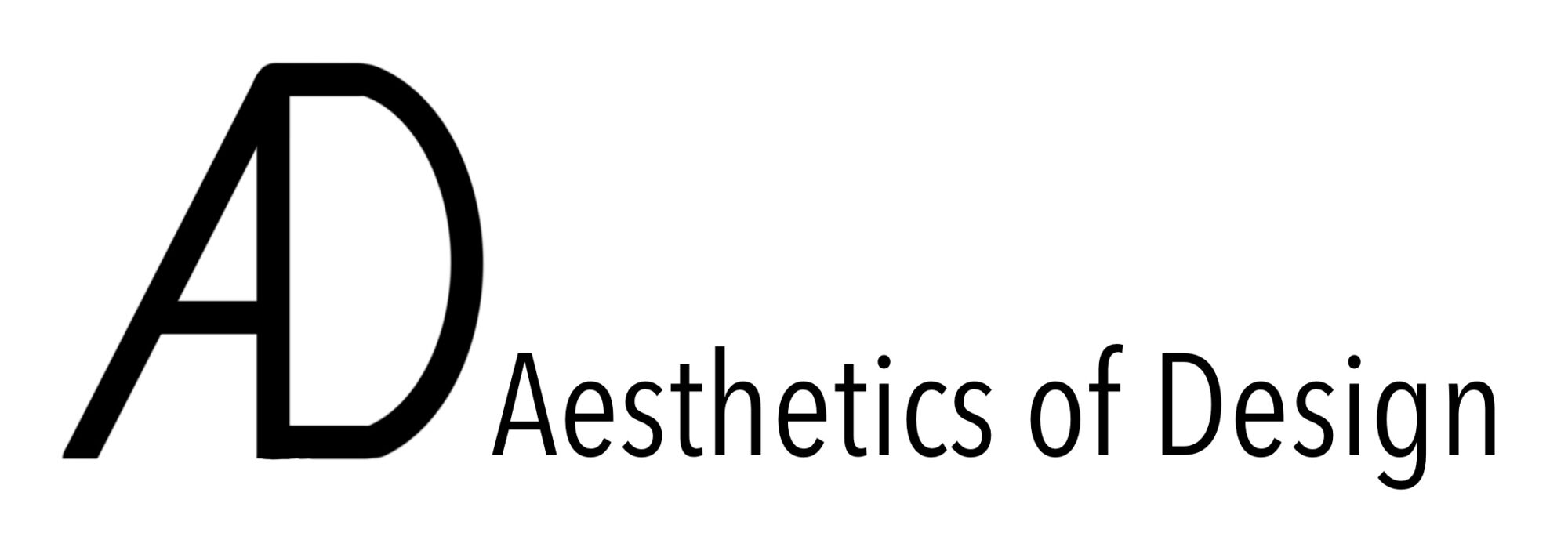When thinking about an aesthetic that would be the opposite of the Wubi-Subi aesthetic that I am aiming for through Shou sugi ban, something that highlights perfection, artificiality, and ornamentation comes to mind. There are a couple of aesthetics that match this description such as Rococo with its highly decorative, intricate designs, or Futuristic with its sleek and synthetic designs, or Maximalism with bold colors and patterns. Since I am using primarily wood for this project, it is difficult to adapt it to these aesthetics in a way that doesn’t completely disregard the wood. The natural grain, texture, and imperfections of wood lend themselves well to wabi-sabi, but in order to achieve an opposite aesthetic, I would need to alter these inherent characteristics significantly. A few first thoughts to counter the Wubi-Subi style are to embrace perfection by sanding and polishing the wood and adding some sort of very intentional, very bold designs to it. To accomplish this I would probably cut the wood up into very geometric or intentional shapes and imbue it with different colors of epoxy.
Since the piece I am making is wall decor, the options for creating and designing something of this opposite aesthetic would be very plentiful. If I had to pick one aesthetic that was exactly the opposite, I would pick the Futuristic/High Tech aesthetic. This style embraces synthetic materials, sleek surfaces, and industrial precision, all of which stand in stark contrast to the aged, rustic character of Shou Sugi Ban. I think to completely achieve this aesthetic involves the heavy usage of metal which would be very hard to emulate with wood. I would have to either completely scrap the wood or maybe paint it with some sort of metallic spray paint to achieve the same style. Another approach could involve embedding LED lighting or other electronic components to emphasize a high-tech, contemporary feel.
In regard to the actual shape and assembly of the piece, I would opt for very sharp corners and geometric shapes, like maybe a series of triangles or rectangles and varying depths similar to the image below.
I would move away from organic, flowing lines and instead opt for sharp angles and an overall sense of precision. Layers of geometric forms at varying depths, creating a three-dimensional effect, could reinforce this aesthetic. Through rigid symmetry, sleek finishes, and metallic elements, I could push the project in a direction that feels distinctly opposite to the natural, imperfect beauty of wabi-sabi and shou sugi ban.

2 Comments. Leave new
Hi Garrett, I was not familiar with the aesthetics of Wubi-Subi, but through your post I have gained a great insight into how I could potentially incorporate it into a future project. I agree that a futuristic aesthetic, especially one with symmetry and sharp edges would contrast the Wubi-Subi aesthetic. When contemplating how to actually make the wall art out of metal, did you consider that metallic spray paint would still leave behind imperfections and therefore wouldn’t fully contrast Wubi-Subi?
I really liked how you went though and explained how you would modify the wood you are currently using to form to this opposite aesthetic. I am curious what types of materials you would refer to use for this opposite aesthetic if you didn’t have to stick with wood?